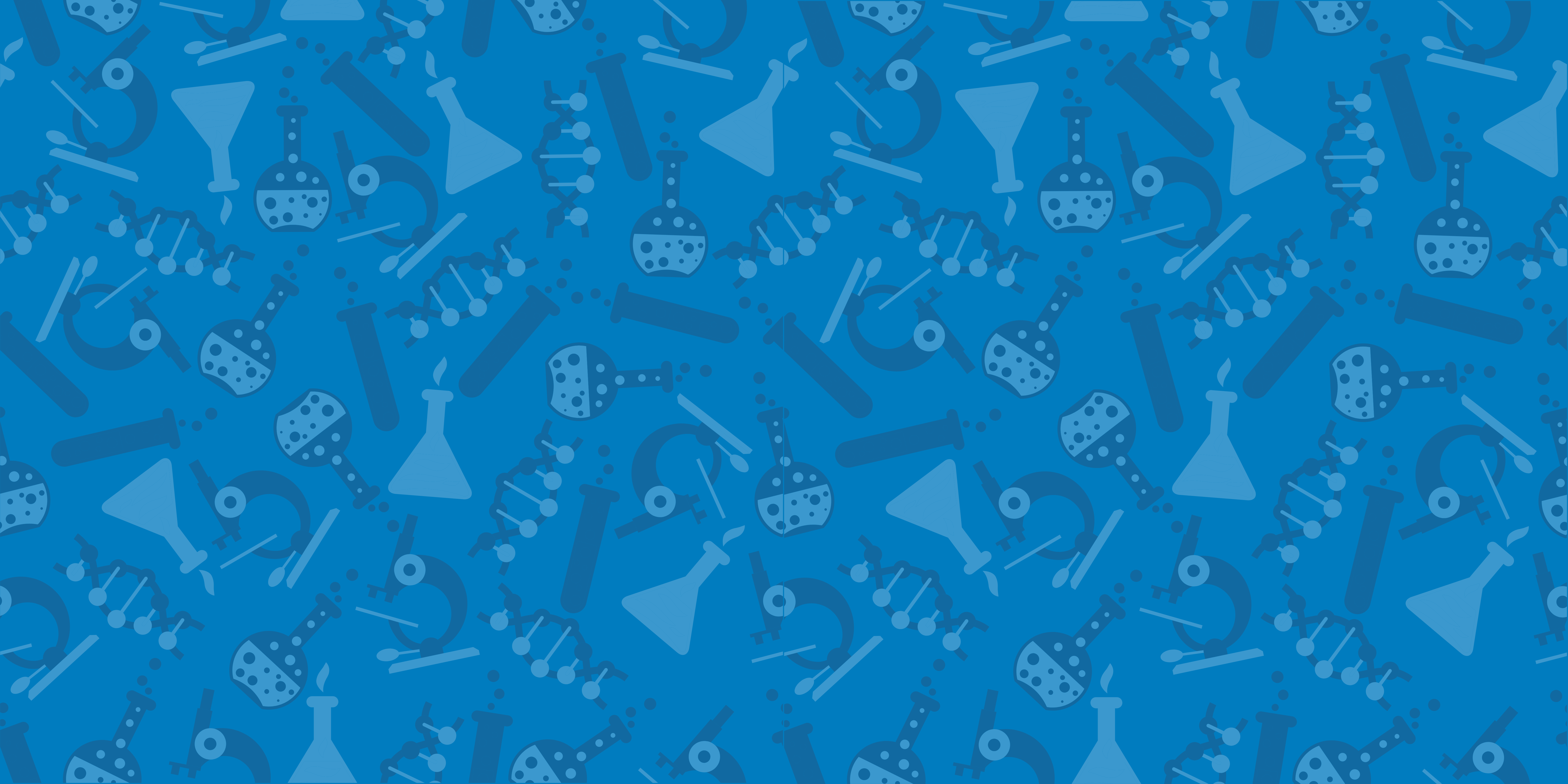Topic outline
-
A medicine is commonly defined as a substance or preparation that can treat or prevent disease. Historically, most medicines were made from natural products. Advances in the last two centuries have led to the introduction of man-made chemical medicines, biologics and gene therapies. In addition, new technologies, such as tissue engineering , which uses living cells to repair tissues or organs, and nanomedicine , which uses tiny ‘nano’ particles in a variety of healthcare settings, have increased the options available.
These training materials provide short descriptions of the different types of medicine, how they work and how they are developed.
-
Gene therapy is a way of restoring function in cells where genes are missing or not working properly. Genes contain all of the information for building and maintaining cells and are encoded by deoxyribonucleic acid (DNA ). The nucleus of every cell contains twenty-three pairs of chromosomes, in which thousands of genes are located. Certain diseases are caused by small changes in the DNA of our genes, known as genetic mutations. Mutations occur when information encoded by our genes gets copied incorrectly and this can lead to the production of faulty proteins which cause disease. Gene therapy is used to solve the problem at the source. This means that diseased tissues and organs can then work properly.
-
View
-
